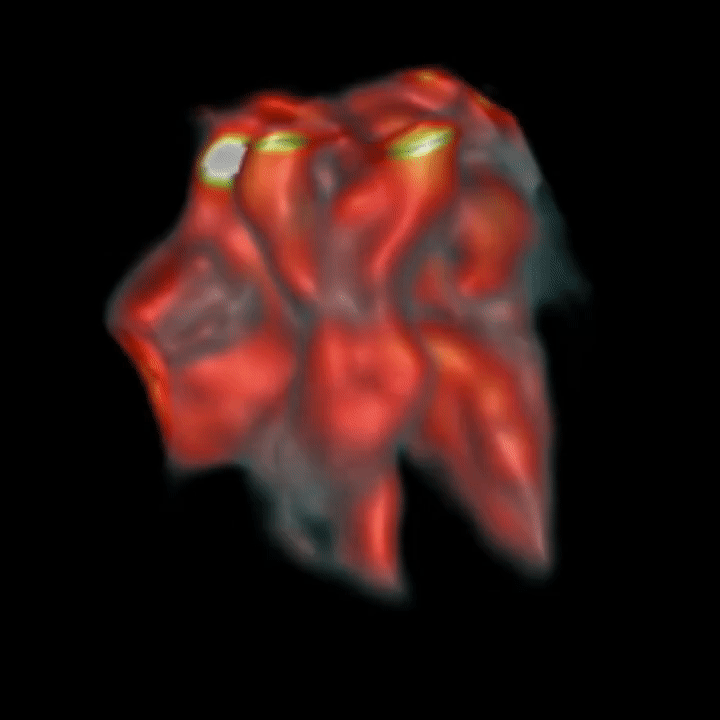First Real-Time Imaging of Human Fetal Heart Performed Using Low-Field MRI
Posted on 06 Jun 2023
For patients with easy access to medical care, ultrasound often serves as an effective method for fetal examination, and MRI isn't usually necessary. However, MRI access is not universally available. Moreover, it may sometimes be too late in a pregnancy to yield useful ultrasound results, and larger body sizes can also interfere with obtaining clear images from a fetal echocardiogram. When ultrasound fails to diagnose a specific heart issue, it usually means waiting until after the baby's birth to identify the problem. In such cases, MRI could provide a solution. In a breakthrough research finding, investigators have used novel technology to obtain the first real-time, diagnostic-quality MRI images of fetal heart disease.
Researchers at Children’s Hospital Los Angeles (CHLA, Los Angeles, CA, USA) are collaborating with the University of Southern California (USC, Los Angeles, CA, USA) and The Hospital for Sick Children (Toronto, Canada) in a pioneering a project that could revolutionize pediatric imaging for the heart, lungs, and beyond. In their study, the team capitalized on low-field, high-resolution MRI that has the potential to perform real-time imaging of a human fetal heart without the need for cardiac synchronization. This approach allowed them to visualize the fetal heart beating in real-time via 3D MRI at low field, something never before achieved with MRI.

The team focused on low-field MRI because utilizing a weaker magnet, compared to a stronger one, offers multiple advantages, especially when imaging body structures that move or are located near air. A strong magnet provides a stronger signal, but movement or air can distort the image. In contrast, a weaker magnet does not create such distortions. The researchers found that lower field strength may be superior for imaging organs like the heart, lungs, and abdomen, especially in a constantly moving fetus. They demonstrated that it is possible to compensate for the lower signal strength when imaging at one-third of the field strength and produce a higher-resolution picture of the heart using advanced computer graphics to realign sweeps of these real-time images.
In addition to its use for fetal cardiac imaging, low-field MRI also promises advantages in pediatric imaging. Standard MRIs performed on babies or small children often require general anesthesia to ensure they remain perfectly still. Now, the same low-field tools being developed for imaging a moving fetus could be used for imaging a restless child without anesthesia. By applying this innovative concept to pediatric imaging, the researchers have shown that standard fetal MRIs, like brain MRIs, can be conducted at 0.55T. Low-field MRI will also be highly beneficial in cases where there is metal in the body, such as in children with pacemakers or metal cardiovascular devices. Furthermore, low-field MRI could broaden its scope to include applications like lung imaging in premature babies or swallowing studies. The researchers acknowledge the need for significant technical development to fully exploit this technology's potential, and expect deep learning and artificial intelligence to play a crucial role in producing these images.
Related Links:
CHLA
USC
The Hospital for Sick Children













